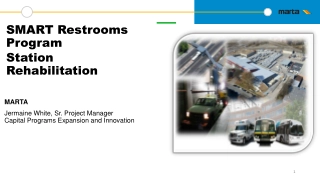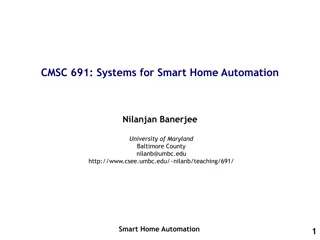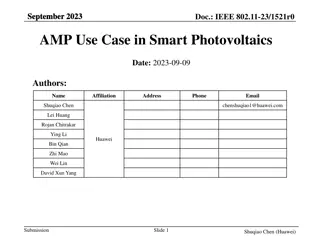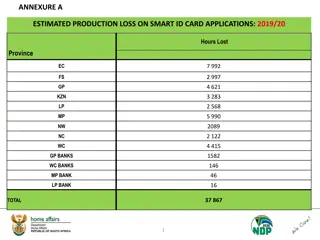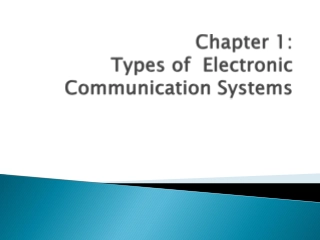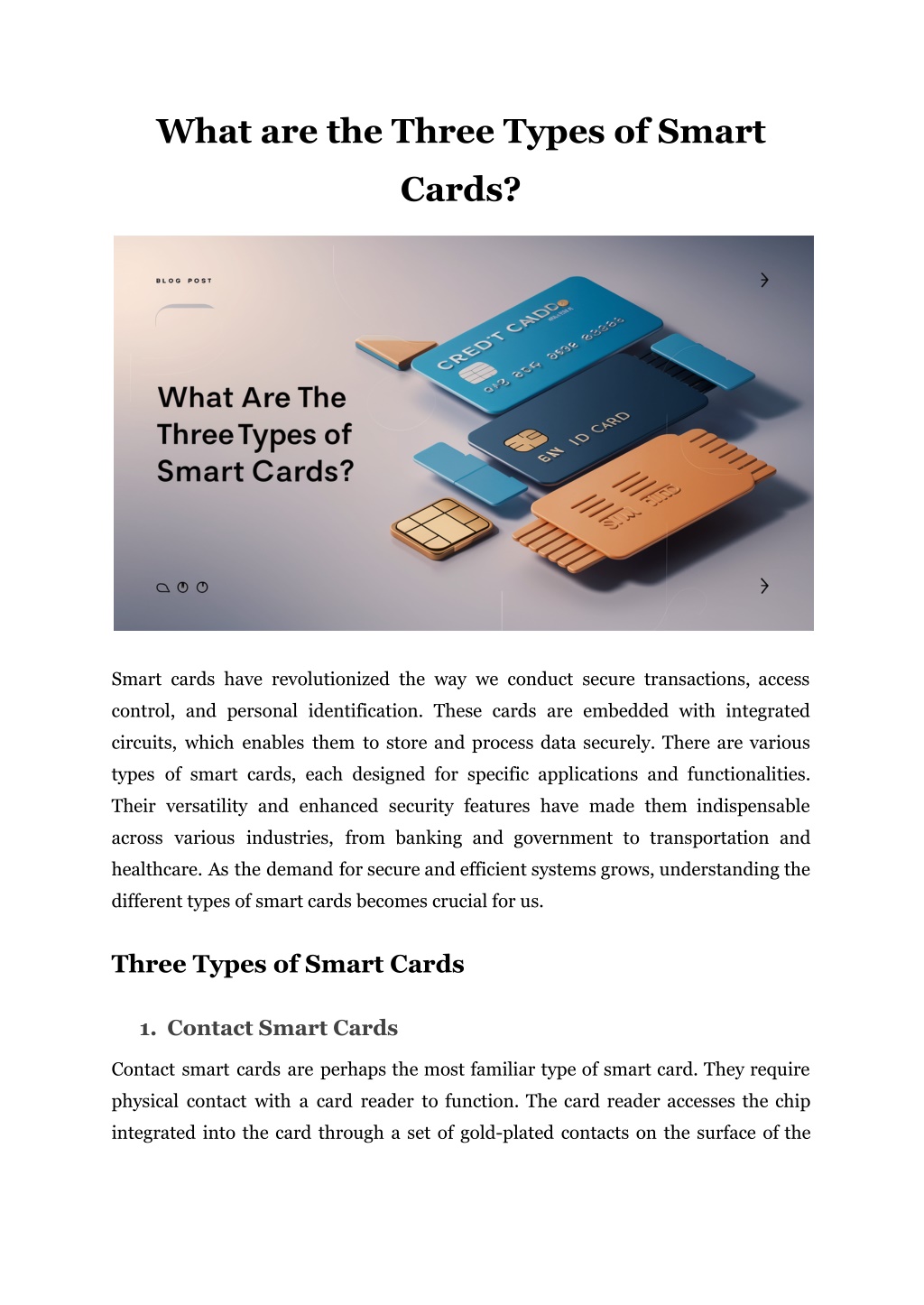
What are the Three Types of Smart Cards?
Confused about smart cards? Dive in & discover the 3 main types & their uses! Perfect for payments, security & more
- smart card
- types of smart cards
- contact smart card
- contactless smart card
- dual interface smart card
- uses for smart cards
Download Presentation
Please find below an Image/Link to download the presentation.
The content on the website is provided AS IS for your information and personal use only. It may not be sold, licensed, or shared on other websites without obtaining consent from the author. Download presentation by click this link. If you encounter any issues during the download, it is possible that the publisher has removed the file from their server.
Presentation Transcript
What are the Three Types of Smart Cards? Smart cards have revolutionized the way we conduct secure transactions, access control, and personal identification. These cards are embedded with integrated circuits, which enables them to store and process data securely. There are various types of smart cards, each designed for specific applications and functionalities. Their versatility and enhanced security features have made them indispensable across various industries, from banking and government to transportation and healthcare. As the demand for secure and efficient systems grows, understanding the different types of smart cards becomes crucial for us. Three Types of Smart Cards 1. Contact Smart Cards Contact smart cards are perhaps the most familiar type of smart card. They require physical contact with a card reader to function. The card reader accesses the chip integrated into the card through a set of gold-plated contacts on the surface of the
card. When inserted into the reader, electrical contacts establish a connection, which allows data exchange between the card and the reader. Read More Articles: What Frequency Is HID Proximity Card? Applications Financial Transactions: They are widely used in banking for credit and debit transactions. The EMV (Europay, MasterCard, and Visa) standard, which enhances security through chip technology, is a prominent example. Identity Verification: They are used in government IDs, driving licenses, and passports, where secure data storage and retrieval are crucial. Access Control: Organisations use contact smart cards for secure access to buildings and restricted areas. Advantages Security: They offer high levels of security due to their ability to store encrypted data and perform secure transactions. Durability: They are robust and can withstand physical wear and tear. Disadvantages Convenience: The need for physical contact with a reader can be seen as a drawback in environments requiring quick and seamless interactions. Maintenance: The physical contacts on the card and reader can wear out over time, necessitating maintenance or replacement. 2. Contactless Smart Cards Contactless smart cards leverage radio frequency identification (RFID) technology to communicate with a reader without physical contact. The embedded chip and antenna enable data exchange when the card is brought near a reader. Proximity smart cardfalls under this category and are widely used for their convenience and efficiency. Applications Public Transportation: These cards are commonly used in transit systems for quick and easy fare payment.
Access Control: Many organizations prefer contactless cards for building access due to their speed and ease of use. Payment Systems: Contactless payment cards, such as those used for tap-and-go transactions, are increasingly popular. Advantages Convenience: Users can simply wave or tap their card near a reader, making transactions fast and seamless. Speed: Contactless cards enable quicker transactions compared to contact cards. Durability: The lack of physical contact reduces wear and tear, which increases the card's lifespan. Disadvantages Security Concerns: Contactless cards can be susceptible to certain types of attacks, such as skimming, if not properly protected. Range Limitations: The effective range of a contactless card is typically limited to a few centimeters. 3. Dual-Interface Smart Cards Dual-interface smart cards combine the functionalities of both contact and contactless smart cards. They feature a single chip that can be accessed through both contact points and RFID technology. This versatility makes them ideal for applications requiring multiple methods of interaction. Applications Banking: Dual-interface cards are used for both traditional contact transactions at ATMs and contactless payments at point-of-sale terminals. Identity Management: They are used in secure identity verification systems, which allow for flexible access methods. Multifunctional Uses: Organisations that need both contact and contactless interactions benefit from the dual-interface capabilities. Advantages
Flexibility: Users can choose the most convenient method of interaction, whether contact or contactless. Cost-Effective: Combining two functionalities in one card can be more economical than issuing separate cards for different purposes. Enhanced Security: These cards can leverage the security features of both contact and contactless technologies. Disadvantages Complexity: The integration of dual interfaces can make the cards more complex and potentially more expensive to produce. Potential for Increased Wear: While the contactless feature reduces physical wear, the contact interface still requires maintenance. How to Choose the Right Smart Card? Selecting the appropriate smart card for your organization involves several critical considerations. By evaluating the following factors, you can ensure that the card you purchase from a proximity card manufacturer meets your requirements. Security Needs: Assess the level of security required for your application. Contact smart cards and dual-interface cards are known for their robust security features, such as encryption and secure authentication. If your primary concern is security, especially for financial transactions or sensitive data storage, these options might be best. Convenience and Speed: Consider how the card will be used daily. For scenarios demanding quick and seamless interactions, such as public transportation or access control, contactless cards or proximity smart cards are ideal. They allow for fast, tap-and-go transactions, making them highly convenient for users. Cost and Durability: Examine the overall cost-effectiveness of the smart card, which includes not only the initial purchase price but also the longevity and maintenance costs. PVC proximity cardsare known for their durability and resistance to wear and tear, which makes them a cost-effective choice for high-usage environments.
Scalability: Choose a smart card that can scale with your business. Dual-interface cards offer versatility, as they enable you to use them in both contact and contactless applications, which can be beneficial as your organization grows and evolves. Industry Standards and Compliance: Ensure that the smart card complies with relevant industry standards and regulations. For example, financial institutions might need to adhere to EMV standards, while healthcare organizations must comply with HIPAA regulations. Working with reputable proximity card manufacturers can help guarantee compliance. Customization Options: Depending on your specific requirements, you may need custom features such as unique identifiers, specific security protocols, or branded designs. Many manufacturers offer customization options to tailor the cards to your exact needs. Read More Articles: How Can Analytics And Reporting Help Me Optimize My Salesforce CRM Conclusion Understanding the different types of smart cards contact, contactless, and dual-interface - enables organizations to choose the best solution for their needs. By choosing the right type of smart card, you can enhance security, improve efficiency, and stay ahead in a rapidly evolving digital landscape. Are you looking for PVC proximity cards? Well, you may end your research and get in touch with our representatives at Bristol ID Technologies. We offer a wide range of smart cards along with comprehensive guidance to help you select the right type according to your needs. Site Article: What are the Three Types of Smart Cards?
























